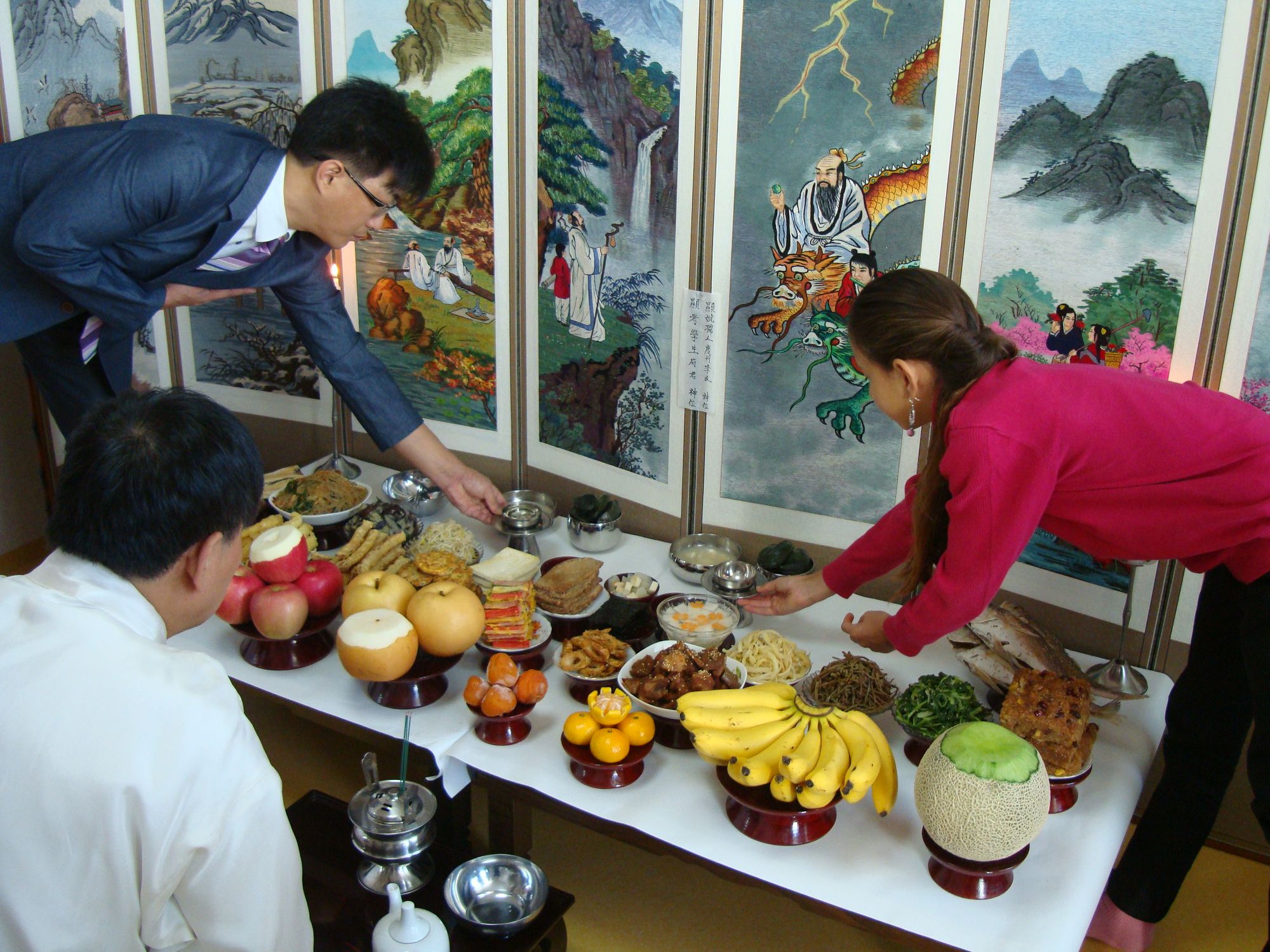
Slow (and Welcome) Death of Korea's Ancestor Worship
Memorial rites for ancestors have long been the norm in South Korea. Now they appear to be breathing their final breath.
How to honor my paternal grandfather, who passed away when I was just one-year-old, remained a tricky matter in the family for a long time.
My father, being the eldest son of a family from a conservative backwater village in South Jeolla Province, was expected to prepare and host memorial rites four times a year—on the Lunar New Year (Seolnal 설날), the mid-autumn festival (Chuseok 추석), my grandfather's birthday and on the anniversary of his death.
My mother, a Christian urbanite who saw the whole thing as a superstitious, outdated custom, refused to hold them at home. At her insistence my father's much younger stepbrother took over the responsibility, but my father sent him a significant sum each time—partly to pay for the costly offerings and partly to convey his apologies for failing to be filial.
South Korea celebrated Chuseok on Sep 10, but a memorial rite for my grandfather was not on our agenda. Several years ago, the family collectively decided to forego it except on the day marking his passing.
Even that will come to a stop when my father and his siblings pass away, for my cousins, brother and I have little interest.
The same situation plays out all over the country. Gallup Korea says around 80 percent of the population performed ancestor worship on Seolnal and Chuseok in 2006. That figure fell to 71 percent in 2014, 64 percent in 2019, and only 40 percent last year.
While Coronavirus might have had something to do with the plunging number—many families canceled large gatherings in 2020 and 2021 to avoid spreading the disease—fewer and fewer South Koreans were going home for the traditional festivities even before the pandemic, not least due to tensions over this complex ritual. Commenting on the phenomenon, one netizen wrote to much approval, "Get rid of these holidays. Nobody except old people likes them."
It's a major cultural shift. The rituals of memorializing deceased family members date back to the premodern era and have long been a fixture in South Korea. There is jesa 제사, performed on the anniversary of death. A somewhat simplified version is known as charye 차례 and takes place on Seolnal and Chuseok. Some families opt to do it even on the birthday of the deceased as my father and his siblings once did for their parents. If the family has a private burial site, an additional graveside ceremony in early Spring, called myoje 묘제, may be in order.
Though traditionalists and government-funded media might tout the significance of this custom to the Korean identity (what virtuous and filial people we are!), the work and money going into the practice is considerable, and many families squabble over who will hold and pay for it.
South Koreans know that even the supposedly 'simpler' charye entails a complex setup.
A folding screen—taking up precious storage space and gathering dust throughout the year—gets dragged out and opened up. A low table, often reserved for this very purpose, is placed in front. Spirit tablets bearing ancestors' names take the place of honor. If one doesn't have them (and most families don't), the honorifics ought to be painstakingly written out—preferably in classical Chinese—on special paper using a brush and ink (a preloaded 'brush pen' that simulates calligraphy passes muster).
Then food comes into the picture, with the task falling on the wife of the eldest son in most cases. Buying and preparing the ingredients can begin days in advance. Cooking itself starts good 24 hours before the ritual considering that some two dozen items comprise usual offerings. While all female relatives share the work in theory, daughters-in-law, by virtue of having married the family's sons, shoulder a significant amount of labor.
Coupled with the usual stress of big family gatherings (and of the long travel required to reach parents' home if they live out in the provinces), the onerous nature of ancestor worship has given rise to a Korean phenomenon called the "Holiday Syndrome" (myeongjeol jeunghugun 명절증후군). It describes "diverse physical symptoms such as stomachache, indigestion, and lethargy. Some complain that existing conditions are worsening. Sudden mood swing can also happen, like experiencing anxiety, a racing heart, or a sudden eruption of anger."
No wonder my mother rejected the tradition, braving endless sniping inside my father's family to free herself.
Now she appears to have been something of a wise trendsetter: most surveys show that many South Koreans see a problem with the custom of ancestor worship in its current form. Replying to one from early this year, 60 percent said preparing the food offerings was a strain, and more than 94 percent called for simplification of the cuisine.
But the need to modify the tradition was recognized much earlier on; the government stepped into the fray in 1969, legislating the scale of ancestor worship through Act on Regulation of Family Rites.
The law governed a host of practices including engagement parties, weddings, funerals and ancestor worship, for the goal of "correcting outdated customs and wasteful spending caused by adhering to old ceremonial practices."
It's still a part of the South Korean legal code under the name of Regulations on Sound Family Rites (Geonjeon gajeong uirye junchik 건전가정의례준칙). While never enforced to my knowledge, it nonetheless calls for limiting ancestor worship to only three times a year, the recipients of the rite to maximum two previous generations (parents and grandparents) and food offerings to "simple everyday food". In addition, portrait photos are better than names written on paper. If one has no pictures, then write out their names in Hangeul 한글, the Korean script.
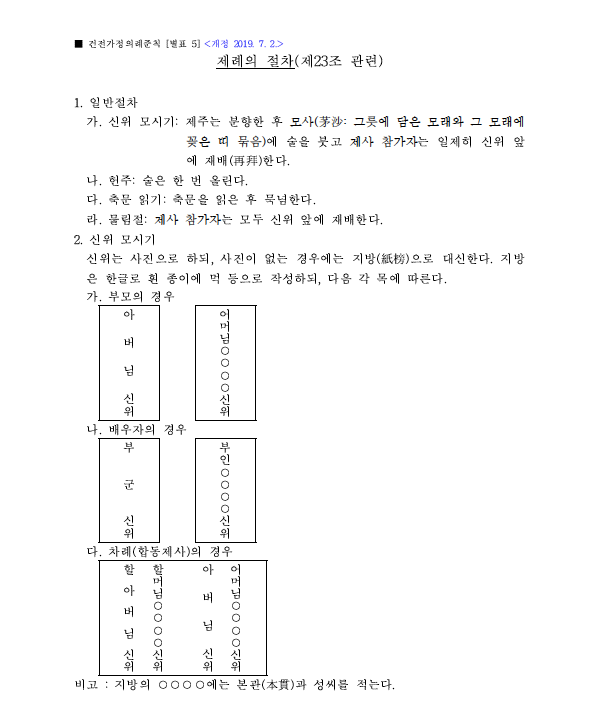
The reality is quite different from that official prescription. My father is flabbergasted when I ask him if it's OK to write out the ancestors' names in Hangeul. "Of course it should all be in Chinese!" he insists. And the "simple everyday food"? Well, for many families ritual offerings aren't complete without carefully shaped cakes of minced meat and tofu that get dipped in egg-and-flour batter and individually fried in oil (jeon 전 in Korean). That's not really everyday cooking and it's just one item among many.
My own clan, the Koos of Neungseong (from what is now Hwasun County in the country's southwest), regularly organizes ancestor worship for the clan founder, who lived in the 13th century, as well as his immediate descendants from the 14th century. So much for limiting it only to the two previous generations.
That's why the announcement late August by the Sungkyunkwan 성균관—not the university of the same name but the nation's arbiter on all matters Confucian—that it's OK to put only eight food offerings on the charye table for Chuseok was met with widespread derision.
"The fundamental components of a charye table are songpyeon 송편 [special rice cake made for Chuseok], namul 나물 [cooked and seasoned vegetables], something grilled, kimchi, fruits and alcohol," it went. "Everything else depends on what the family agrees on collectively."
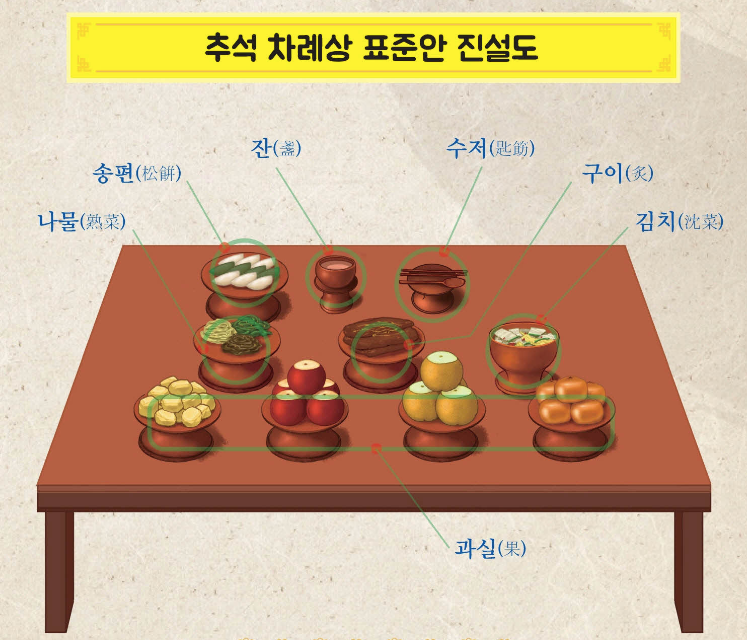
Easy for them to say after South Koreans have long become accustomed to the idea that an offering table must be fully laden following various obscure rules of unknown origin: such as putting "red things to the east, white things to the west" (hongdong baekseo 紅東白西) and "fish to the east and meat to the west" (eodong yukseo 漁東肉西). Confucian specialists' latest opinion that such principles "have no foundation" and it's OK to serve less seems more like a desperate maneuver to keep poor citizens continuing ancestor worship than anything else.
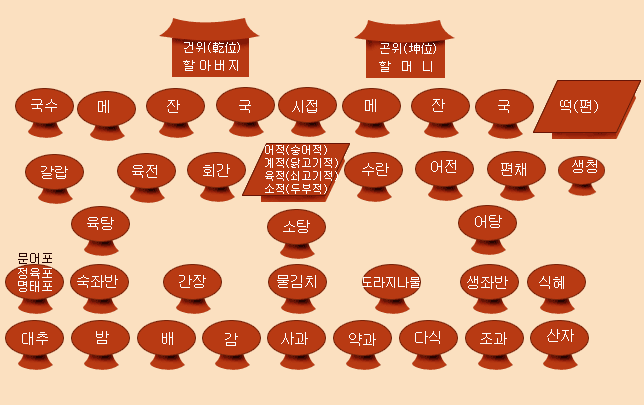
In an online forum popular with housewives, one member scoffed, "[The Sungkyunkwan] is desperate because it looks like [ancestor worship] will disappear. But it's no use. Once old people in their eighties die, it's over."
Will it be? A 2019 poll showed that only a tiny minority of South Koreans wanted descendants to hold memorial rites for them after death. But the difference between the sexes was stark: 16.7 percent of men said they hoped to be honored in this way, and among women, only 2.4 percent gave the same answer.
It speaks to the gendered nature of ancestor worship. As a ritual celebrating a family's patrilineage, these memorial rites are ordinarily performed for husbands' ancestors at the homes of husbands' parents, not those of the wives. Women are present solely to provide practical support. Naturally, more men than women are keen that the tradition will endure.
Over the Chuseok holidays one such husband published a (now deleted) viral post on the popular networking site Blind. In response to his wife who questioned why she should "go to your [parents'] home and put my energy into making jeon and bow to your ancestors", he replied she didn't have to do any of it, but in return he won't help repair anything at her parents' home or attend her family's gravesite memorial rites.
It all sounded very fair and many readers who appeared to be men applauded his resolve. Except they didn't acknowledge how Korean wives' participation in husband's ancestor worship has long been seen as de rigueur while that of husbands in wives' families' affairs is considered optional. When husbands help out in-laws, it's exemplary and commendable; when wives shy away from work at their in-laws, it's often condemned and turned into a subject of endless gossip.
A story two weeks ago went that a woman in her sixties attacked her husband in his seventies and injured him with a "cooking utensil". She brought up not wanting to make food offerings for his ancestors any more, and they proceeded to have a big argument. She couldn't "contain her rage" after he refused to entertain her request.
There are small changes: more reports emerge of Koreans questioning why they should "impose ancestor worship on children", and businesses cater to the discontent families, i.e. wives, by selling pre-made food offerings.
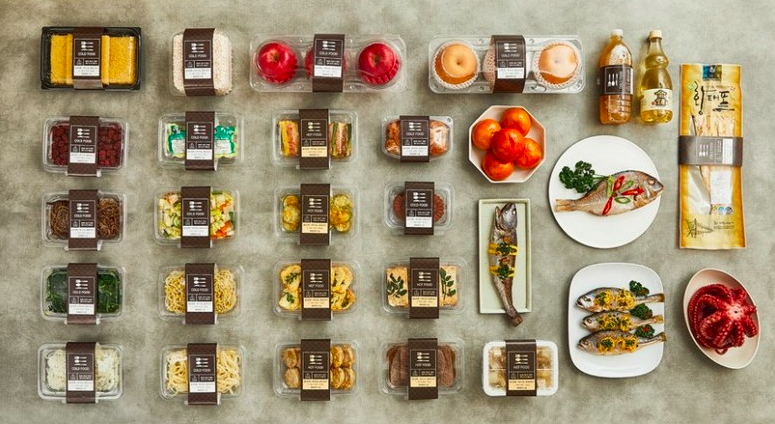
While the news of South Korea's historically low birthrate often makes the news, the country's marriage figure has also fallen precipitously, from 327,000 in 2012 to 192,500 in 2021. It's not just because of ancestor worship, but there may be something to it. Asked why she is still not married, a cousin in her late thirties informed the whole family, "I don't see why I need to get dragged into worshiping someone else's ancestors, do you?"
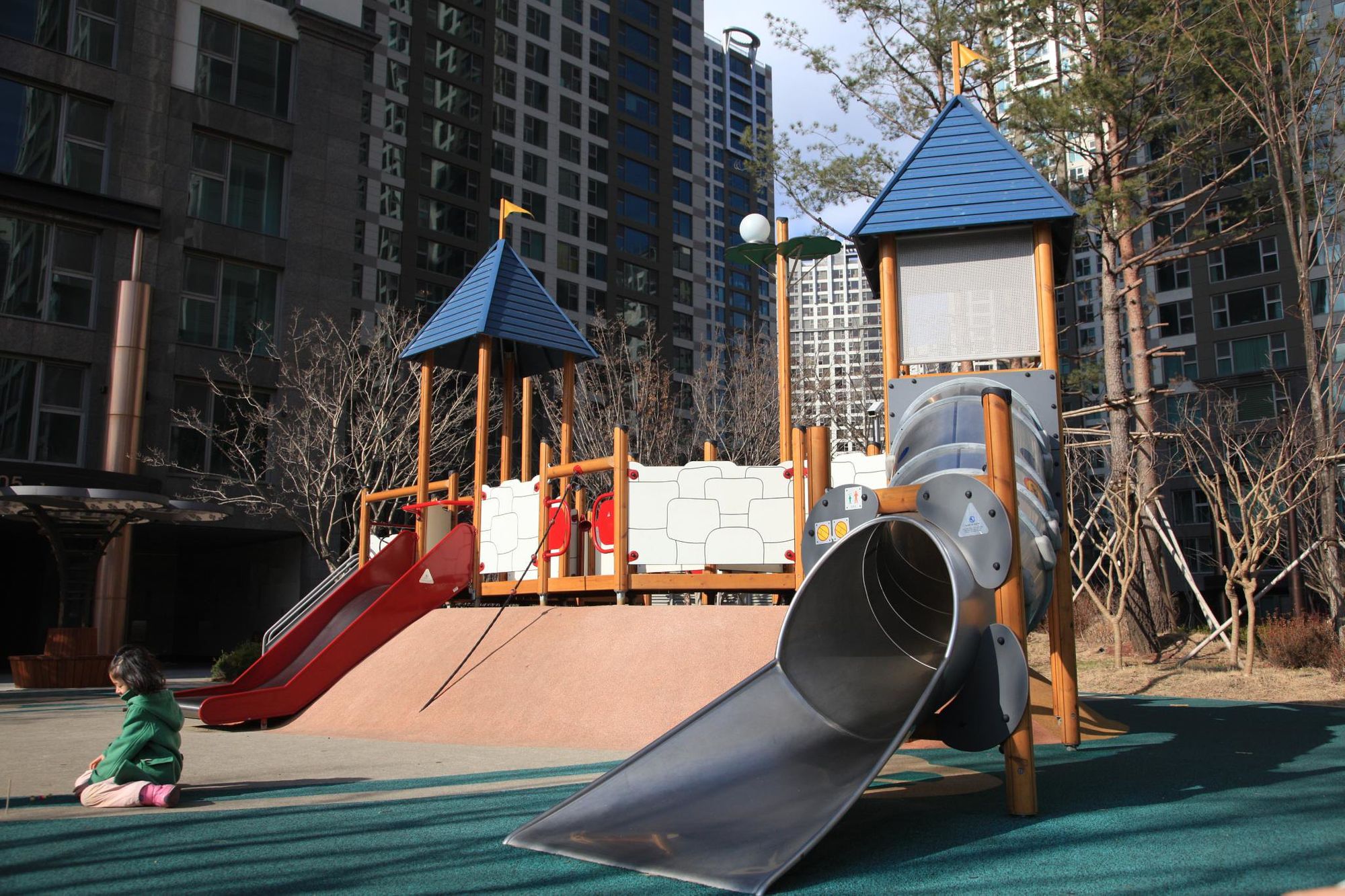
That attitude presages a difficult future for the country as well as ancestor worship itself. If women, who do most of the work for these memorial rites, don't avail themselves to the job, who will carry it on?
Probably not Korean men.
Cover image: a table laden with food offerings for ancestor worship on Chuseok (credit: Jens-Olaf Walter via flickr, CC BY-NC 2.0)
